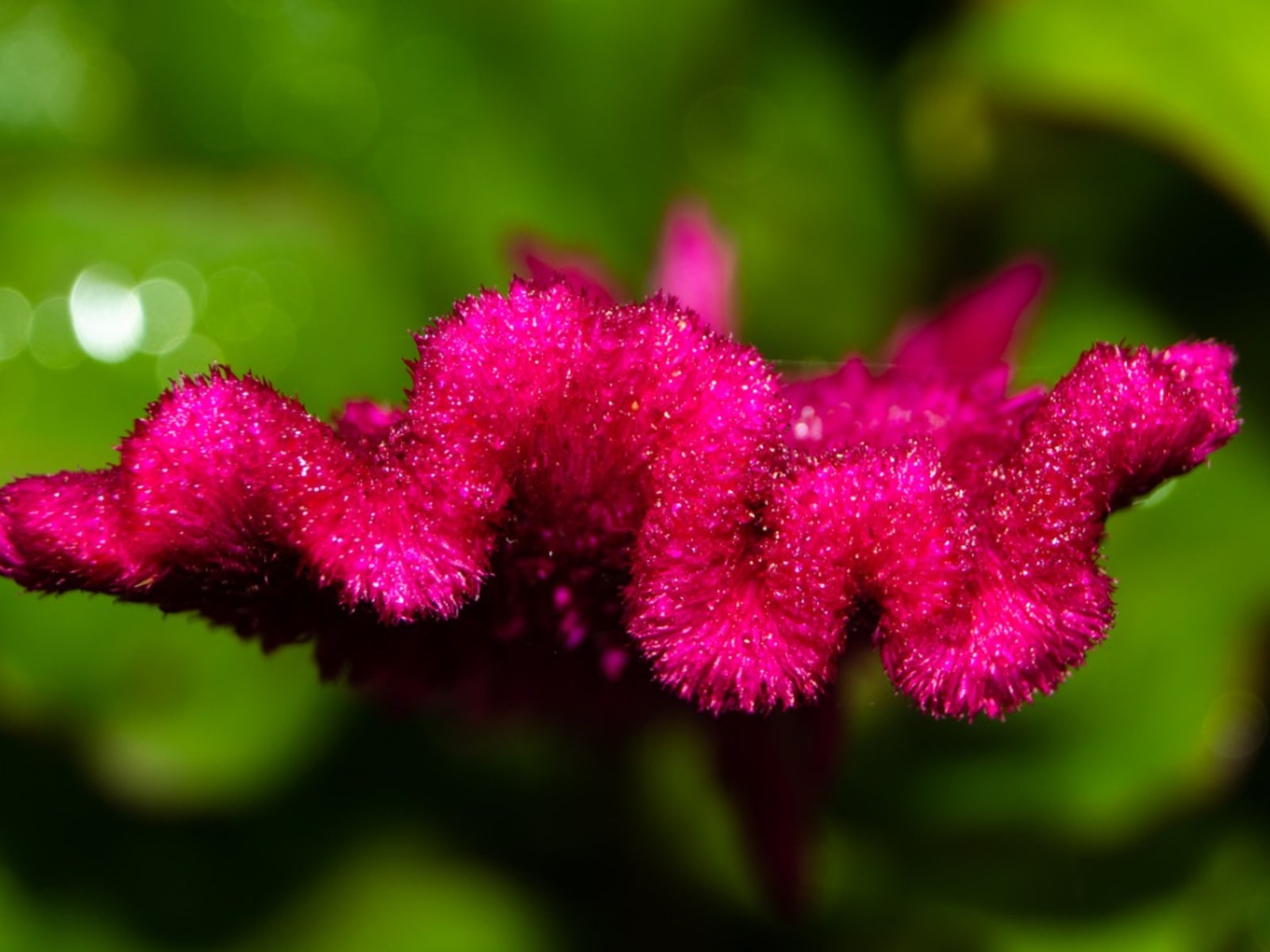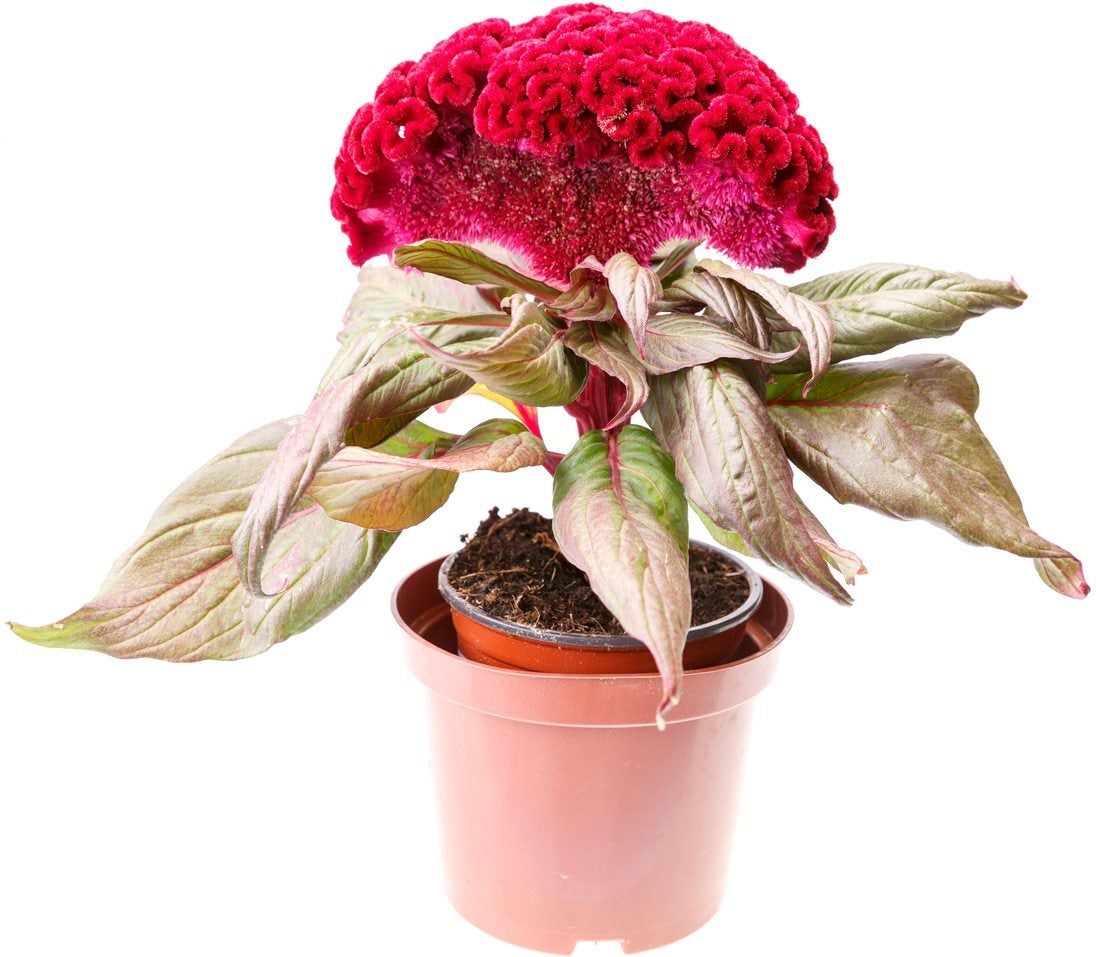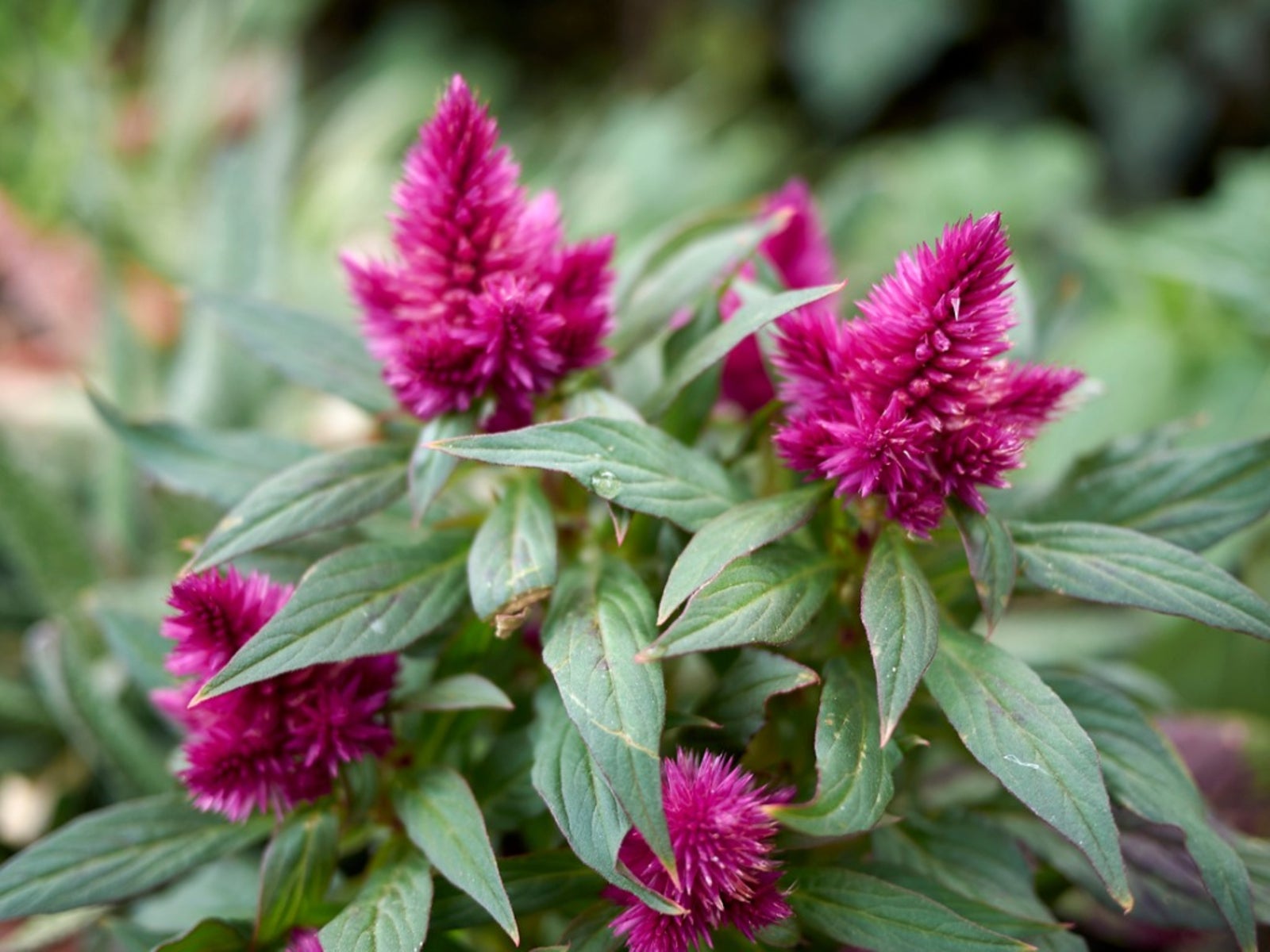Growing Cockscomb Flower In The Garden


The cockscomb flower is an annual addition to the flower bed, commonly named for the red variety similarly colored to the cock's comb on a rooster's head. Cockscomb, Celosia cristata, traditionally grown in the red variety, also blooms in yellow, pink, orange, and white.
Using the Cockscomb Flower in the Garden
The cockscomb plant is versatile in height, sometimes remaining as short as a few inches (8 cm.) while others grow to a few feet (1 m.). The irregular growth habits of the cockscomb plant can lead to surprises in the garden. Though an annual flower, growing cockscomb reseeds freely and often supplies a wealth of plants for next year.
Learn how to grow cockscomb and others of the cockscomb Celosia family for attractive specimens in the summer flower bed. Celosia can add color to a rock garden. Cockscomb Celosia may be dried and used in indoor arrangements. The cockscomb flower may also be a fat and spiky little plant, growing in colors other than the vibrant red.
This cockscomb is called plume celosia (Celosia plumosa). The cockscomb plant is useful in garden borders or planted between taller plants in the garden to add a spike of color near ground level.
How to Grow Cockscomb
Learning how to grow cockscomb is an interesting garden chore and can brighten the flower bed with shades of golden yellow, traditional red, peach, and purple. Both specimens offer long-lasting flowers for brilliant colors in the garden.
They are heat loving and are somewhat drought tolerant. Full sun locations allow cockscomb Celosia to grow taller. Cockscomb may grow in only partial sun too, so it can happily exist when partially shaded by taller plants. Pinching back the first bloom on these flowers can cause branching and a more abundant display of flowers on each cockscomb plant.
Plant seedlings into rich, well draining soil that has warmed in late spring. Seedlings may be grown indoors or purchased. Those living in warm areas may sow the tiny seeds directly into the flower bed. In areas farther north, make sure the soil has warmed before planting, as letting the cockscomb plant get a chill can cause summer flowering to cease or not happen. Leaving seedlings too long in crowded cell packs may have the same result.
Gardening tips, videos, info and more delivered right to your inbox!
Sign up for the Gardening Know How newsletter today and receive a free copy of our e-book "How to Grow Delicious Tomatoes".

Becca Badgett was a regular contributor to Gardening Know How for ten years. Co-author of the book How to Grow an EMERGENCY Garden, Becca specializes in succulent and cactus gardening.
-
 8 Noteworthy Native Azaleas Every Gardener Should Know – And Grow!
8 Noteworthy Native Azaleas Every Gardener Should Know – And Grow!Native azaleas offer brilliant blooms in a range of colors and sizes. Here are a few favorites to get inspired and start working on a native shade garden!
-
 Growing Climbing Roses: How To Create Elegant Displays With Maximum Blooms
Growing Climbing Roses: How To Create Elegant Displays With Maximum BloomsMaster the art of growing stunning climbing roses with this essential guide to creating vibrant, fragrant walls and structures all summer long.
-
 What Is Lagos Spinach – Cockscomb Lagos Spinach Info
What Is Lagos Spinach – Cockscomb Lagos Spinach InfoMany Western gardeners are growing Lagos spinach as we speak and probably don’t even know it. So what is Lagos spinach?
-
 Celosia Plant Death: Reasons For Celosia Plants Dying
Celosia Plant Death: Reasons For Celosia Plants DyingCelosia can be a long-blooming, low maintenance plant, but it can also be susceptible to certain pests and diseases. If you've found yourself wondering: "Why is my celosia dying", click this article to learn about common celosia problems.
-
 Celosia Care: Learn About Growing Flamingo Cockscomb
Celosia Care: Learn About Growing Flamingo CockscombIf you're in the mood to plant something different to dazzle your neighbors, consider planting a few flamingo cockscomb plants.